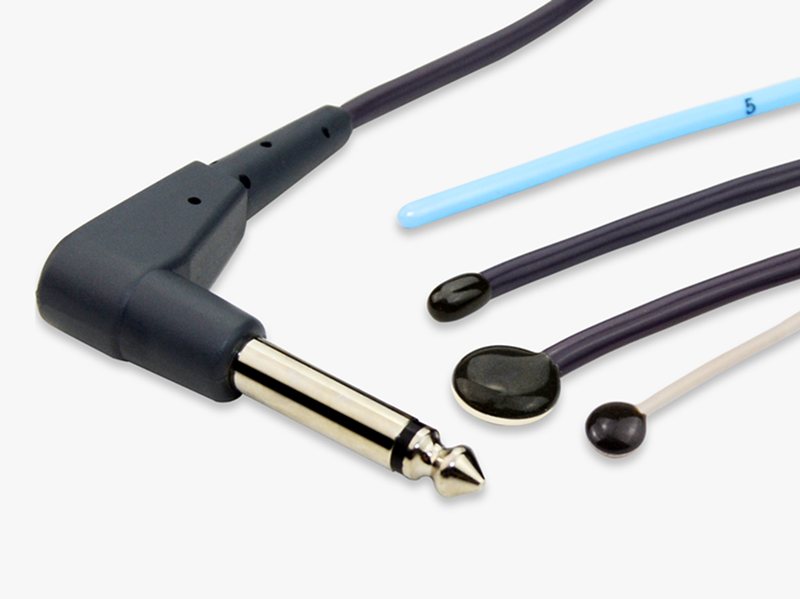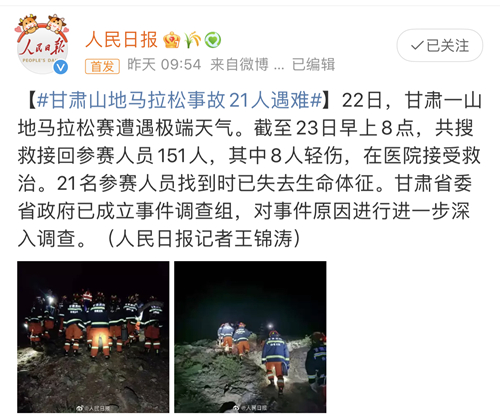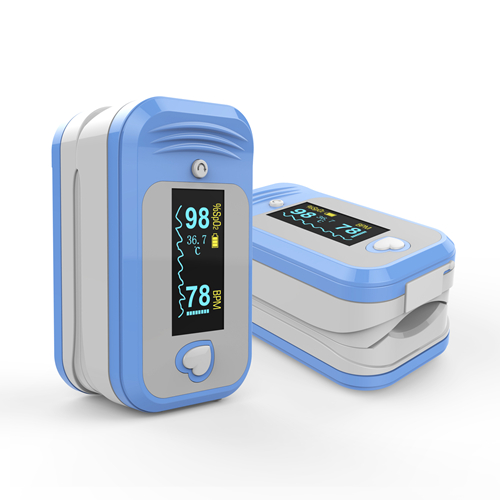The key to this tragedy is a word that many people have never heard of: hypothermia. What is hypothermia? How much do you know about hypothermia?
What is hypothermia?
Simply put, loss of temperature is a condition in which the body loses more heat than it replenishes, causing a decrease in the body’s core temperature and producing symptoms such as chills, heart and lung failure, and eventual death.
Temperature, humidity and wind are the most common direct causes of hypothermia. It only takes two of the three elements to have a condition that could cause a problem.
What are the symptoms of hypothermia?
Mild hypothermia (body temperature between 37°C and 35°C) :feeling cold, shivering constantly, and stiffness and numbness in the arms and legs.
Moderate hypothermia (body temperature between 35℃ and 33℃): with strong chills, violent shivering that cannot be effectively suppressed, possible stumbling in walking and slurred speech.
Severe hypothermia (body temperature in the range of 33°C to 30°C) :blurred consciousness, dulled sensation of cold, intermittent shivering of the body until it does not shake, difficulty in standing and walking, loss of speech.
The death stage (body temperature below 30℃) :is on the verge of death, the muscles of the whole body are stiff and curled, the pulse and breathing are weak and difficult to detect, loss of will to coma.
Which groups of people are prone to hypothermia?
1.Drinkers, drunkenness and loss of temperature death is by far one of the most important causes of loss of temperature death.
2.Patients who drown are also prone to lose temperature.
3.Summer morning and evening temperature difference and windy or encounter extreme weather, substantial outdoor sports people are also prone to lose temperature.
4.Some surgical patients also tend to lose temperature during surgery.
Let health care workers have to prevent intraoperative patient hypothermia
Most people are not aware of the “loss of temperature” that has been the subject of national debate due to the Gansu marathon, but health care workers are well aware of it. Because for health care workers temperature monitoring is a relatively routine but very important work, especially in the surgical process, temperature monitoring has important clinical significance.
If the intraoperative patient’s body temperature is too low, the patient’s drug metabolism will be weakened, the coagulation mechanism will be impaired, it will also lead to an increase in the rate of surgical incision infection, the change of extubation time and anesthesia recovery effect under anesthesia conditions will be affected, and there may be an increase in cardiovascular complications, a decrease in the patient’s immune system, a slow wound healing rate, a delay in recovery time and a prolongation of hospitalization, all of which are detrimental to the patient’s early recovery.
Therefore, health care providers need to prevent intraoperative hypothermia in surgical patients, strengthen the frequency of intraoperative monitoring of patients’ body temperature, and observe the changes of patients’ body temperature at all times. Most hospitals now use disposable medical temperature sensors as an important tool for intraoperative patients or ICU patients who need to monitor their temperature in real time.
MedLinket’s even disposable temperature sensor can be used with the monitor, making temperature measurement safer, simpler and more hygienic, and also providing continuous and accurate temperature data. Its choice of flexible material makes it more comfortable and convenient for patients to wear. And as disposable supplies, eliminating repeated sterilization can reduce the risk of cross-infection between patients, ensuring patient safety and avoiding medical disputes.
How do we prevent hypothermia in our daily life?
1.Choose underwear that is quick-drying and sweat-wicking, avoid cotton underwear.
2.Carry warm clothes with you, add clothes at the right time to avoid catching cold and losing temperature.
3.Do not overspend physical energy, prevent dehydration, avoid excessive sweating and fatigue, prepare food and hot drinks.
4. Carry a pulse oximeter with temperature monitoring function, when the body does not feel well, you can continuously monitor your body temperature, blood oxygen and pulse in real time.
Statement: The content published in this public number, part of the extracted information content, for the purpose of passing more information, the content copyright belongs to the original author or publisher! Zheng affirms his respect and gratitude to the original author and publisher. If you have any questions, please contact us at 400-058-0755 to deal with them.
发布时间: 21-06-01







